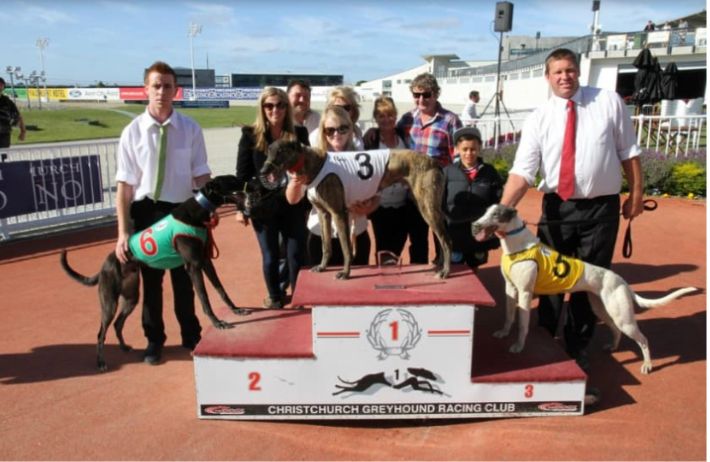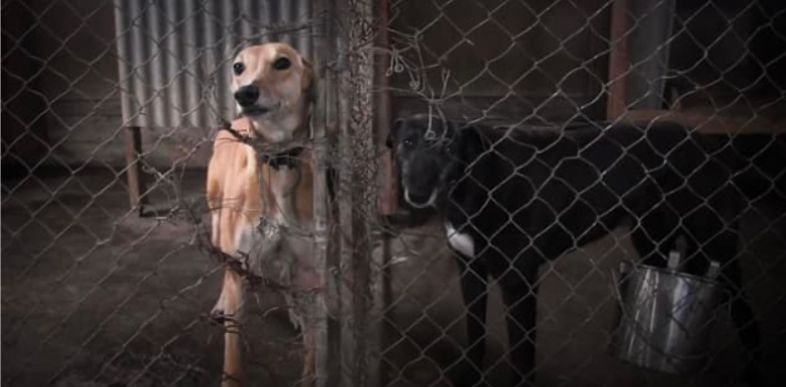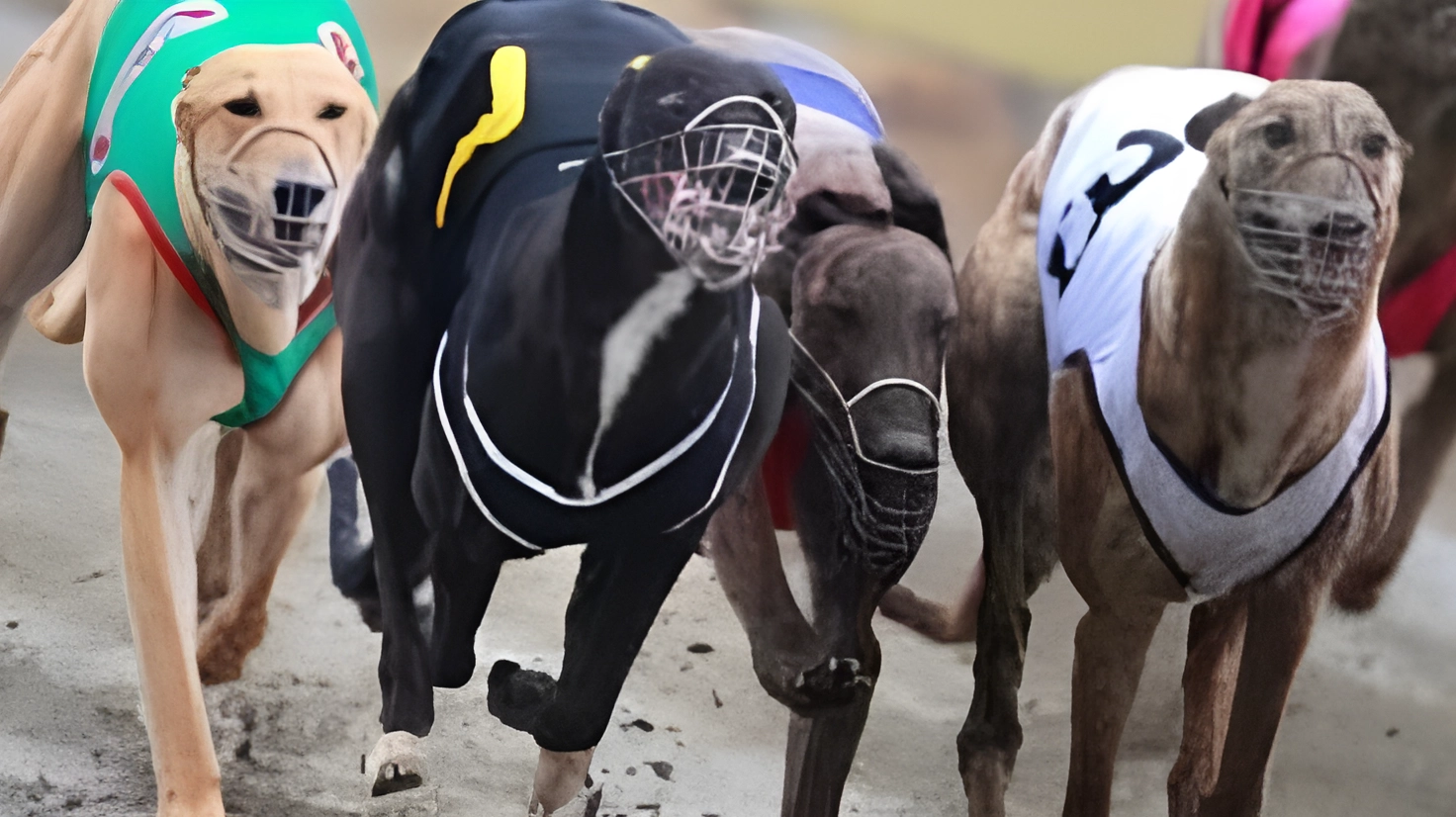New Zealand, renowned as the picturesque backdrop for the Lord of the Rings trilogy, stands out as the world's most environmentally friendly haven. This nation gave birth to luminaries such as Ernest Rutherford, a pioneer in nuclear physics, and Edmund Hillary, the first conqueror of Everest. Colin Murdoch, inventor of the disposable syringe, and George Julius, the mastermind behind the electric betting machine, also hail from this remarkable land. A land of contrasts, where the north is warmer than the south, devoid of snakes but home to 40 species of spiders, and boasting nine times more sheep than people.
Before human settlement, New Zealand's islands were devoid of mammals, except for fur seals, bats, and whales. European immigrants, prompted by James Cook's 1769 mapping of the coastline, ushered in a transformation in the islands' fauna. In 1868, Governor Sir George Gray introduced hares from Europe as a novel game for hunters. However, the unintended consequence was rapid multiplication and crop destruction. To address the issue, British greyhounds were imported, laying the groundwork for greyhound racing. Spontaneous competitions emerged between farms, giving rise to the first fans and favourites.
The inception of greyhound racing saw the establishment of the first Greyhound Club in Southland in 1876, hosting the inaugural Waterloo Cup in 1879.
Navigating through challenges, the growth of greyhound racing faced hurdles. In 1908, an amendment to the Gambling Act, banning bookmakers' activities on racecourses, was enacted by the New Zealand government. This move led to a decline in interest, as the prohibition of betting diminished the allure of racing.
In 1949, the Royal Commission rejected the incorporation of betting into greyhound racing, asserting that the country already had sufficient gambling opportunities. Criticism from animal rights movements has centred around perceived cruelty to dogs and the use of live hares as bait in races.
Transformation in 1970: A Royal Visit Shapes Greyhound Racing in New Zealand
The pivotal moment for New Zealand's greyhound racing arrived in 1970 with a visit from the royal family—Queen Elizabeth II, Duke of Edinburgh, Charles Prince of Wales, and Princess Anne. During their March visit, the Auckland Greyhound Club presented the Duke of Edinburgh, a devoted greyhound racing enthusiast, with a remarkable greyhound as a gift. In gratitude, the Duke accepted the gift, sparking the decision to commemorate the event with an annual race in his honour. Shortly after, a solid silver collar, a prize from the royal jewellers of London, was introduced for the tournament.

The inaugural Silver Collar tournament, dedicated to the Duke of Edinburgh, took place in 1971 in Kumeu, becoming an annual tradition since. In August 1971, betting on races was officially sanctioned, providing a significant boost to the industry's growth.
Off-course betting became accessible in 1981, and the televised coverage of horse racing commenced in 1992. Presently, New Zealand boasts 10 greyhound clubs operating under GRNZ-Greyhound Racing New Zealand. This governing body manages dog registration, issues licenses, oversees track inspections and races, and handles the retirement and euthanasia of greyhounds.
Each year witnesses the birth of around 700 greyhounds in the country's six kennels, with an additional 200 imported from Australia. Competitions take place on club tracks, adhering to the Rules of Racing and Standards for the Care of Greyhounds.
Prominent Greyhound Racing Cups in New Zealand
Auckland hosts major greyhound racing events featuring prestigious cups, including:
• Silver Collar of the Duke of Edinburgh
• Auckland Cup
• Rail Sprint

Christchester Cups at Addington Racecourse showcase:
• New Zealand Cup
• New Zealand Oaks
• Kingston Cup
• South Island Championships
The Taranaki Greyhound Club organizes its annual two-day Easter Picnic race on Easter Saturday and Sunday. Meanwhile, the Wanganui Greyhound Club conducts cups such as the:
• New Zealand Breeders
• Wanganui Distance
• Spion Rose
The Waikato Greyhound Club manages the New Zealand Derby, a significant fixture in the racing calendar. Greyhounds take centre stage in these events, and the industry's success hinges on their well-being. GRNZ, the New Zealand Racing Board (NZRB), trainers, breeders, and concerned individuals all share a commitment to the welfare of greyhounds.
As with any country with a thriving racing scene, dog breeding is a continuous process. After a racing career lasting 3-4 years at most, numerous dogs retire. Kennels face overcrowding, and volunteers struggle to find suitable homes for these retired greyhounds as pets. Unfortunately, cases of cruelty, neglect, and even euthanasia are not uncommon, highlighting the need for vigilant care.
In 2017, the New Zealand Racing Council, led by former High Court judge Rodney Hansen, reported that 1,447 greyhounds were euthanized between 2013-14 and 2016-17. Subsequently, GRNZ confirmed and updated this data, revealing an additional 1,350 dogs euthanized between 2017-18 and 2021-22. The 2021-22 racing year witnessed 1,737 recorded greyhound injuries, with 428 greyhound deaths attributed to disease and accidents. Addressing these concerns remains a priority for the stakeholders involved in New Zealand's greyhound racing industry.

Debating the Future of Greyhound Racing in New Zealand
In October 2022, a public opinion poll commissioned by the charity SPCA New Zealand revealed that 74% of the country's residents would support a ban on greyhound racing. In contrast, 9% of respondents staunchly opposed such bans. However, betting statistics present a different perspective, with NZ$612 million (US$369.5 million) wagered on greyhound racing in 2022, highlighting the continued popularity of the sport and its contribution to national revenue.
Despite ongoing debates, greyhound racing faces scrutiny from both supporters and critics. The racing management asserts its commitment to preserving the well-being of the athletes, while animal rights organizations view the situation with heightened concern.
In May 2023, the Racing Integrity Board (RIB) published a report revealing alarming trends in the industry. Dog injuries are increasing, and shelters are witnessing a surge in the number of greyhounds awaiting adoption. Racing Minister Kieran McAnulty, after reviewing the report, expressed serious contemplation about banning greyhound racing in the country. The final decision, however, hinges on post-election developments.
For the survival of greyhound racing in New Zealand, a comprehensive overhaul of the industry is imperative. The minister emphasized the need to adhere rigorously to existing rules, warning that failure to do so could lead to the industry's demise. The question of the industry's future remains unanswered, with potential outcomes ranging from a shutdown akin to the United States to transformative measures that prioritize the safety of greyhound athletes. "Tempus noscearbitrus" - time will reveal the verdict, placing everything in its proper context.


